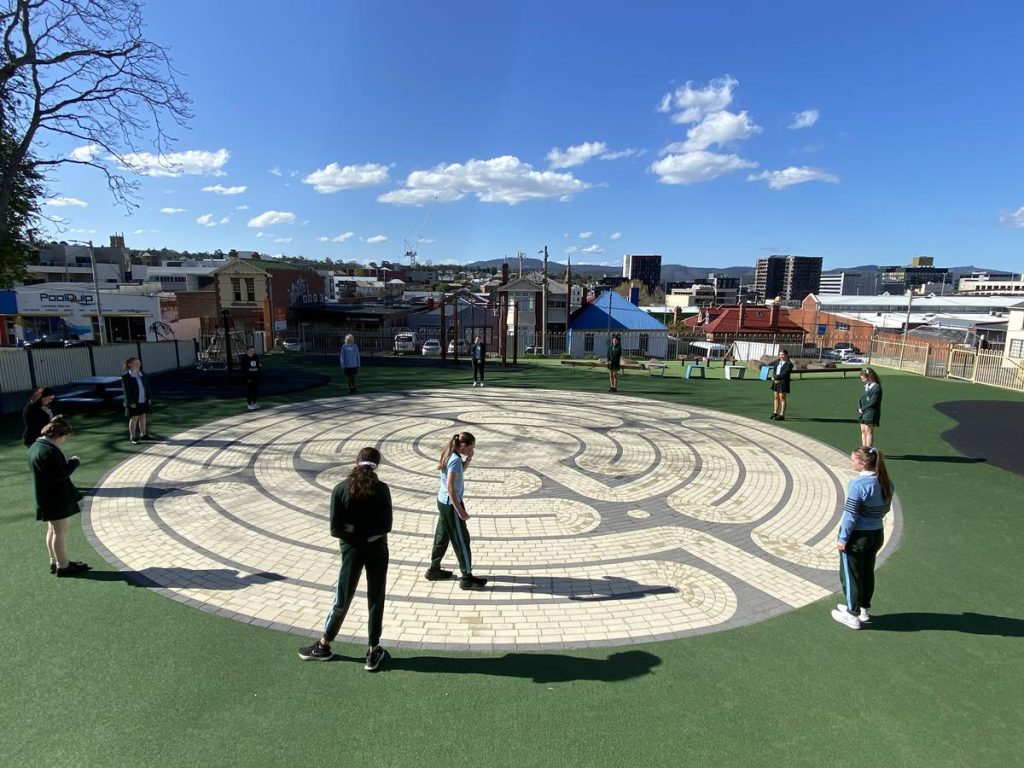As part of 11/12 Religion in Society class, students have been investigating many ways of expressing religious ideas and understandings about the world. One of these ways is the concept of making a Pilgrimage. This could be to a place of religious significance such as Jerusalem, Mecca, Rome, Lourdes, or it could refer to the journey itself, for example, the Camino de Santiago (France and Spain); the Way to St James (Tasmania) or the Mary Mackillop Trail (Victoria and South Australia).
To help us explore and understand the concept of pilgrimage and how we can apply it to our lives, Mrs Leanne Prichard from the Catholic Education Office shared her own experience of walking the Camino de Santiago. This is an ancient pilgrimage across France and Spain, to the tomb of St James, and it continues to be a significant pilgrimage today.
The students were interested to hear Leanne walked 800kms in just under four weeks. She carried a pack that weighed nine kilograms and she carried the prayers and thoughts of many families and friends along the way. She met many fellow pilgrims, each walking for a different reason, but all enjoying the journey and each other’s company. And the good news is, she made it!
Leanne then led the class in walking our Labyrinth. This too is a tradition that dates back to ancient times, and it is recognised as a sacred symbol for life or a heroic journey. It is a walking meditation that allows those who walk the path to reflect, pray and free themselves of the busyness of their day.
The girls enjoyed the sun, the stillness and the focus on the path, reflecting on and making connections between this small journey and the bigger-picture journey of their lives.
Thank you, Leanne for sharing your experiences with us and helping us to learn about pilgrimage and walking our beautiful labyrinth.
Fiona Chambers
Learning Leader of Religious Education

